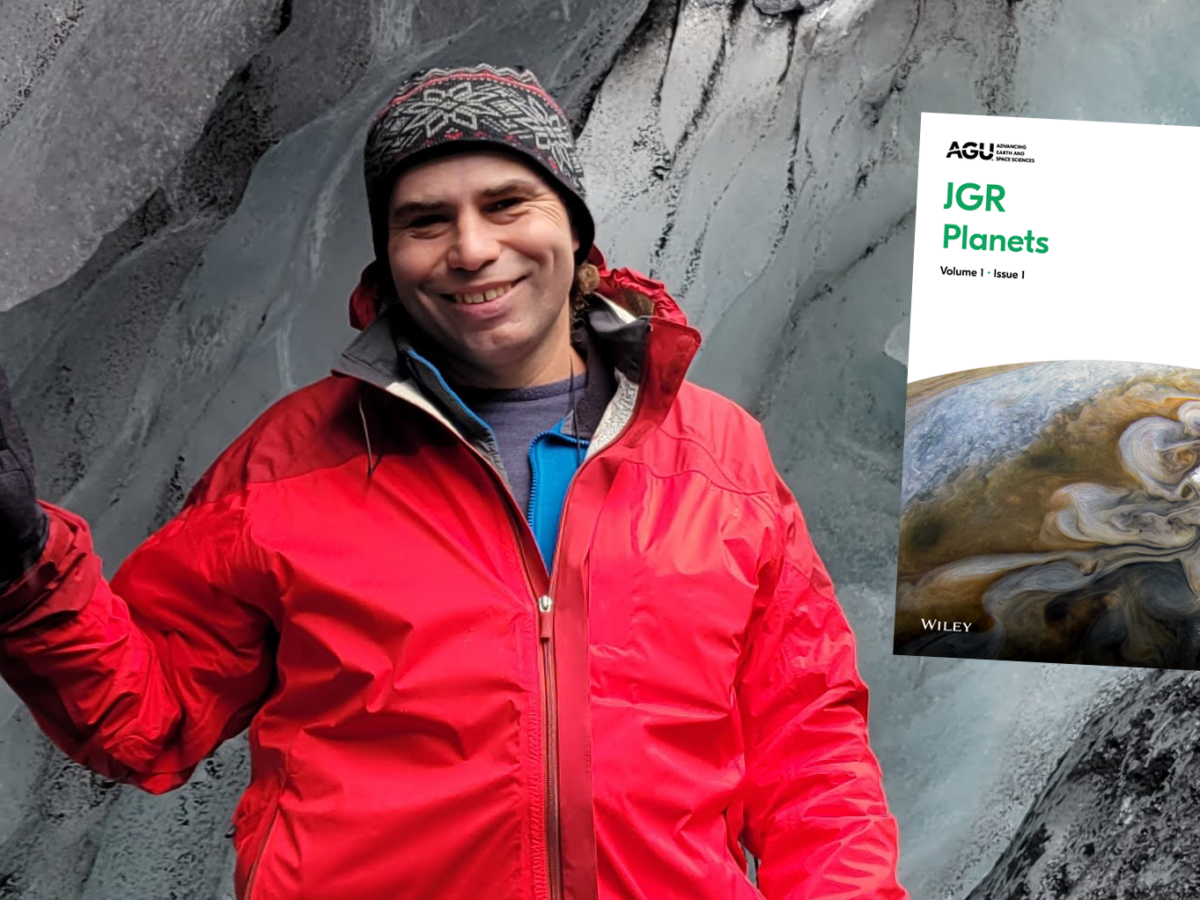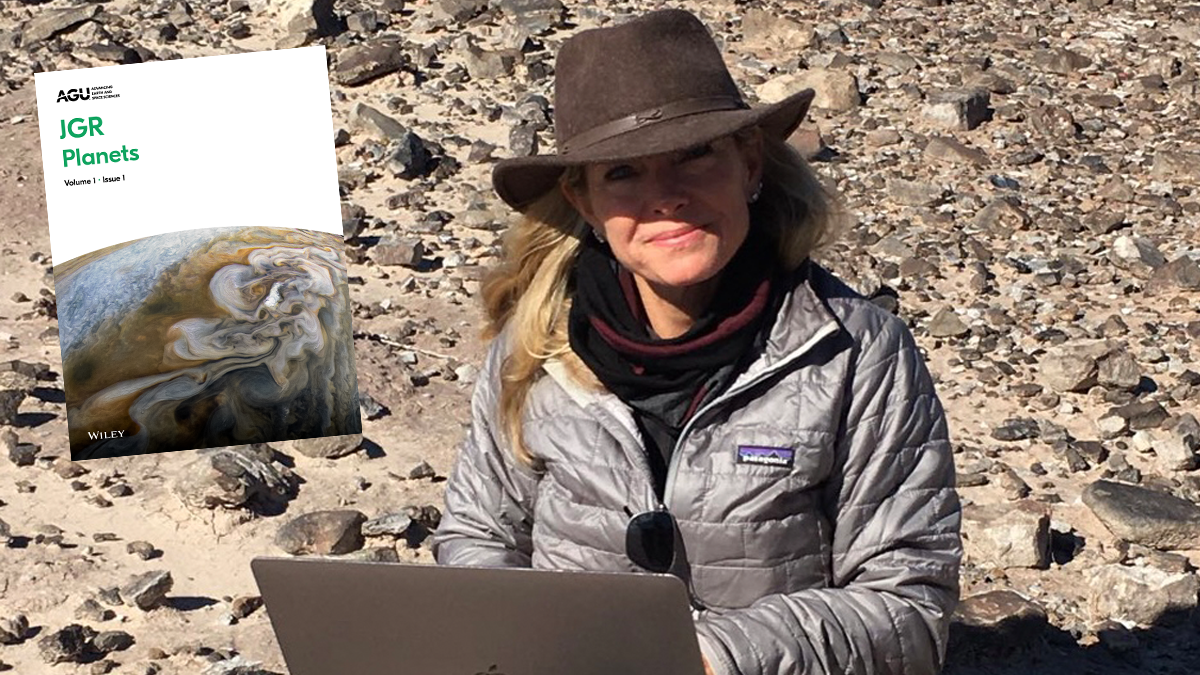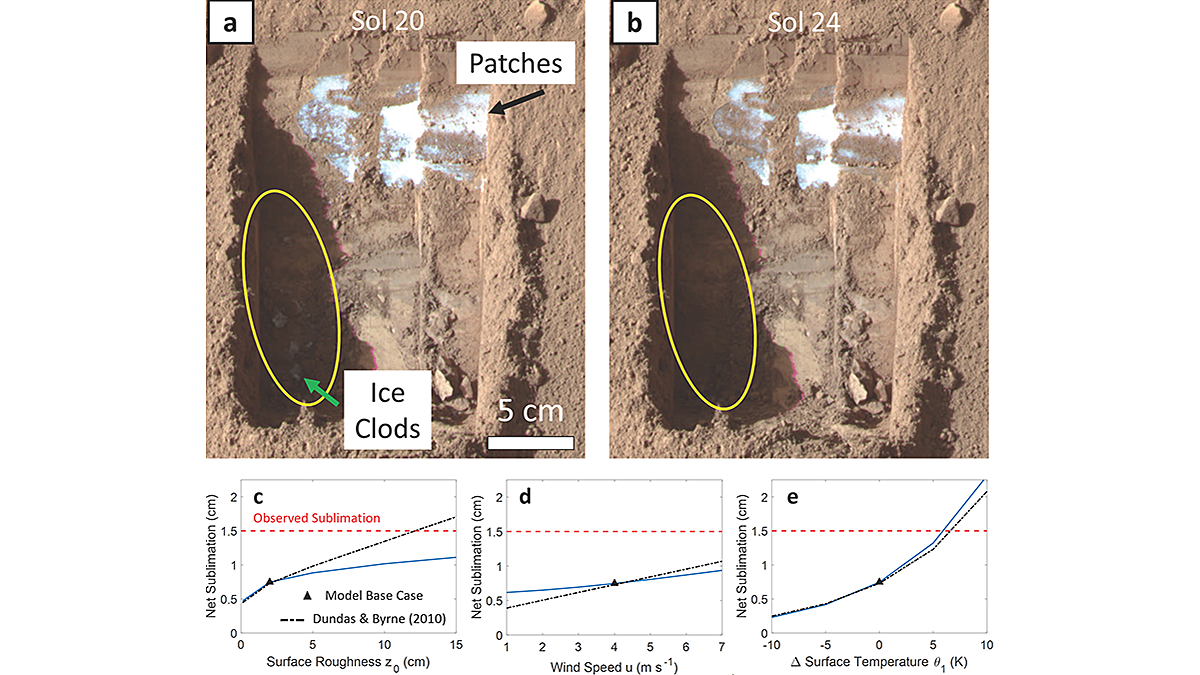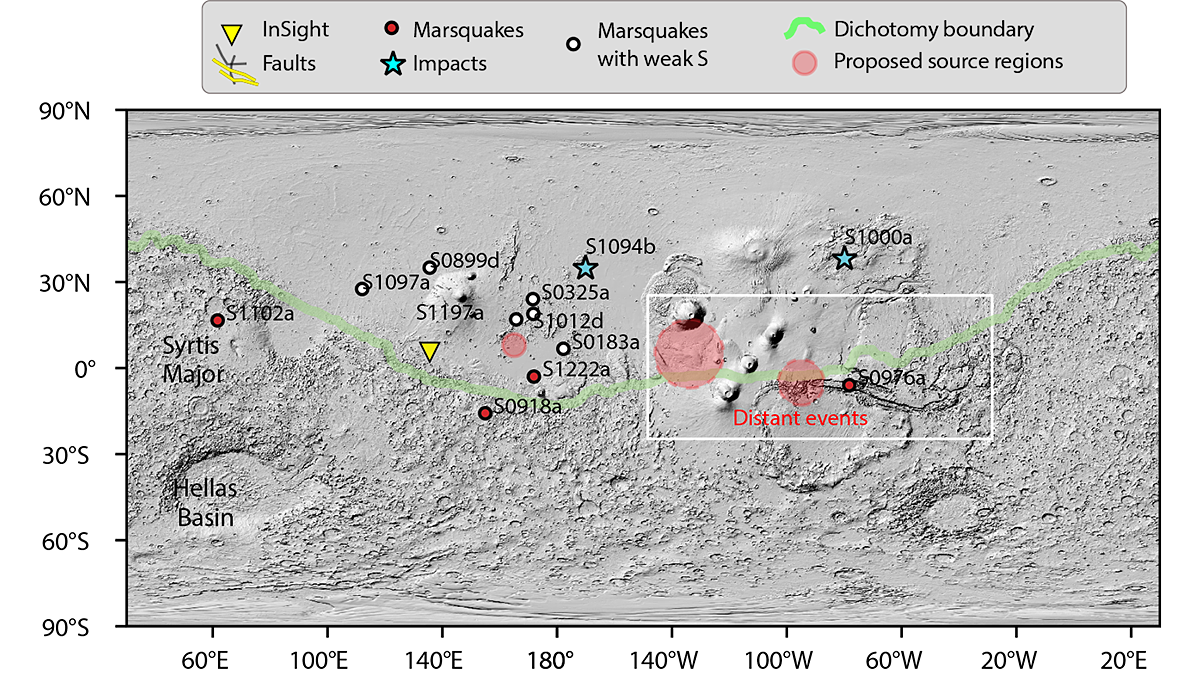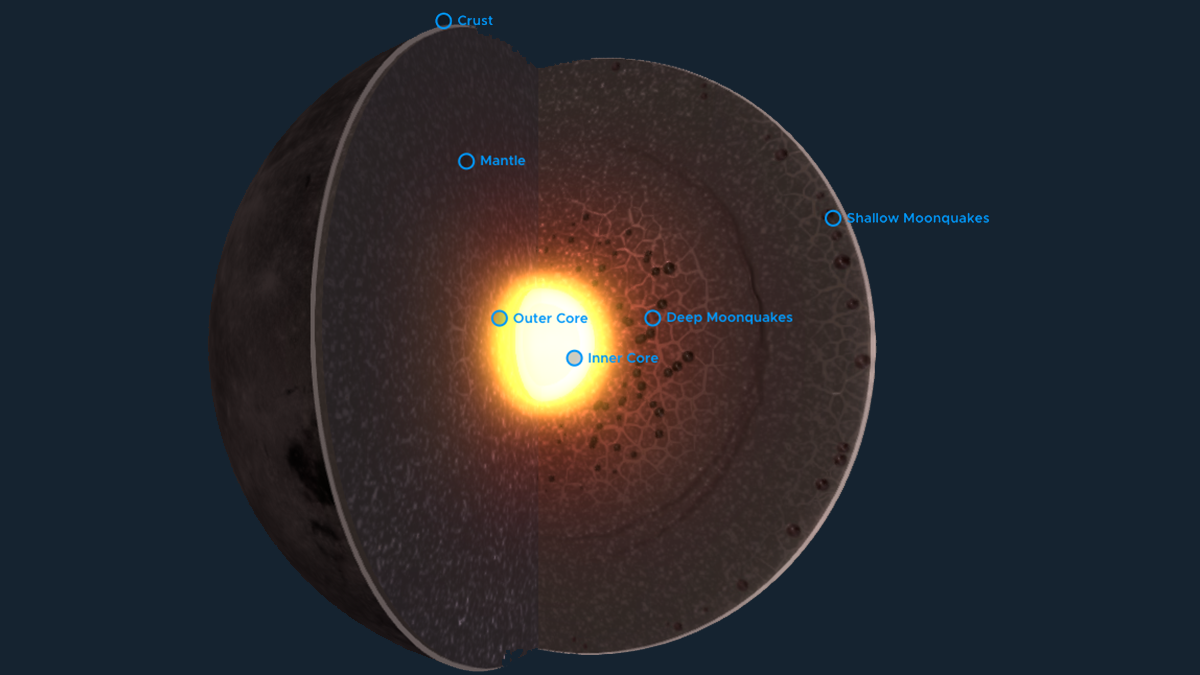The outgoing Editor-in-Chief of JGR: Planets reflects on the position of planetary sciences within AGU and the dedication of the planetary science community to supporting sound and insightful science.
Journal of Geophysical Research: Planets
Introducing the New Editor-in-Chief of JGR: Planets
Learn about the person taking the helm of JGR: Planets and their vision for the coming years.
Towards a Unified Framework for Earth, Mars, Titan, and Exoplanets
From a simple set of in situ or synthetic data, a general unified model has been developed to calculate turbulent fluxes and evaporation rates on any rocky body with an atmosphere.
Salty Soil May Release Methane on Mars
Through roving and drilling, Mars Curiosity Rover may be breaking up the ground’s salty, hardened soils that seal methane, possibly causing a temporal, local methane spike.
Announcing New AGU Journal Editors-in-Chief Starting in 2024
AGU is excited to welcome new Editors-in-Chief for seven of our journals in 2024, including the founding Editor of JGR: Machine Learning and Computation.
Where the Wild Marsquakes Are
A new analysis of the seismic data gathered by the InSight lander reveals that marsquakes occur across a much larger area of the planet than previously believed.
James Webb Space Telescope Captures Saturn’s Changing Seasons
Unprecedented images reveal how Saturn’s atmosphere is evolving as summertime winds down in its northern hemisphere.
Mars Has Far Fewer Minerals Than Earth Does
The development of plate tectonics and life on Earth provided avenues for mineral evolution that did not occur on Mars, resulting in relatively limited mineral diversity on the Red Planet.
A Mystery About the Moon’s Deep Interior Endures
Geophysical data has suggested that the base of the Moon’s mantle is partially molten or contains ilmenite, but an improved rheology model puts the existence of this layer in doubt.
Dancing Dust on Comet 67P/Churyumov-Gerasimenko
Cometary activity moves sediments over the surface of 67P/Churyumov-Gerasimenko, with long-term sinks near the poles of the comet.

